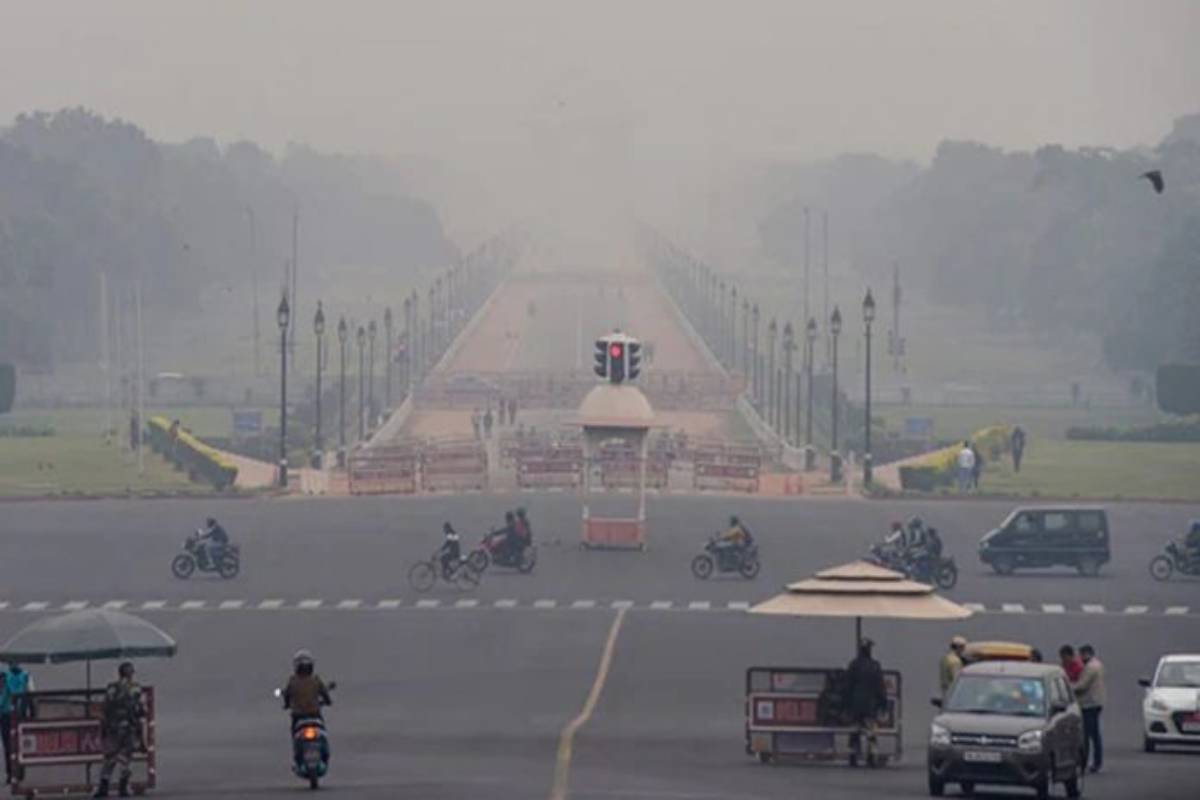Smog chokes national capital as AQI remains ‘severe’ for fourth day
According to the Central Pollution Control Board (CPCB), the average Air Quality Index (AQI) was recorded at 406 at 8 a.m.
A total of 17 areas across the city reeled under ‘severe’ air quality with index values above 400, with Anand Vihar recording highest pollution level with index value of 442 at 6 pm.

Delhi pollution. (Representational image /File)
Residents of the national capital continued to gasp for breath, as the average air quality in the city remained in the upper range of the ‘very poor’ category on Monday with the Air Quality Index (AQI) recorded at 381.
According to the Central Pollution Control Board’s bulletin released at 4 pm, the prominent pollutant in the city’s air was (Particulate Matter) PM 2.5, and its level as per readings from 39 monitoring stations across the city was under the ‘very poor’ zone.
A total of 17 areas across the city reeled under ‘severe’ air quality with index values above 400, with Anand Vihar recording highest pollution level with index value of 442 at 6 pm.
Advertisement
The city woke up to a layer of smog in the sky, while those who ventured out their homes complained of breathing discomfort, itching in eyes and overall uneasiness.
Experts suggest that high levels of PM 2.5 can trigger several respiratory issues, asthma attacks and even more difficulties for those already suffering from respiratory illnesses.
These are tiny particles in the air that are 2.5 microns or less in diameter.
According to the Indian Institute of Tropical Meteorology (IITM), there has been a slight fall in maximum temperature over Delhi/ NCR, while wind speeds are also calm.
As per the weather agency’s air quality and weather bulletin for Delhi, the meteorological conditions are likely to be unfavourable for dispersion of pollutants.
Meanwhile, the concerned agencies have intensified anti- pollution and dust mitigating measures, as water sprinklers mounted on trucks were seen on roads, especially at the roads with more vehicles.
Mechanical sweeping of roads is also underway to mitigate dust which contributes to rise in pollution.
Actions under the Commission for Air Quality Management’s (CAQM) anti pollution Graded Response Action Plan’s (GRAP) stages I and II are in force across the national capital and adjoining areas to prevent further escalation of the situation.
Advertisement